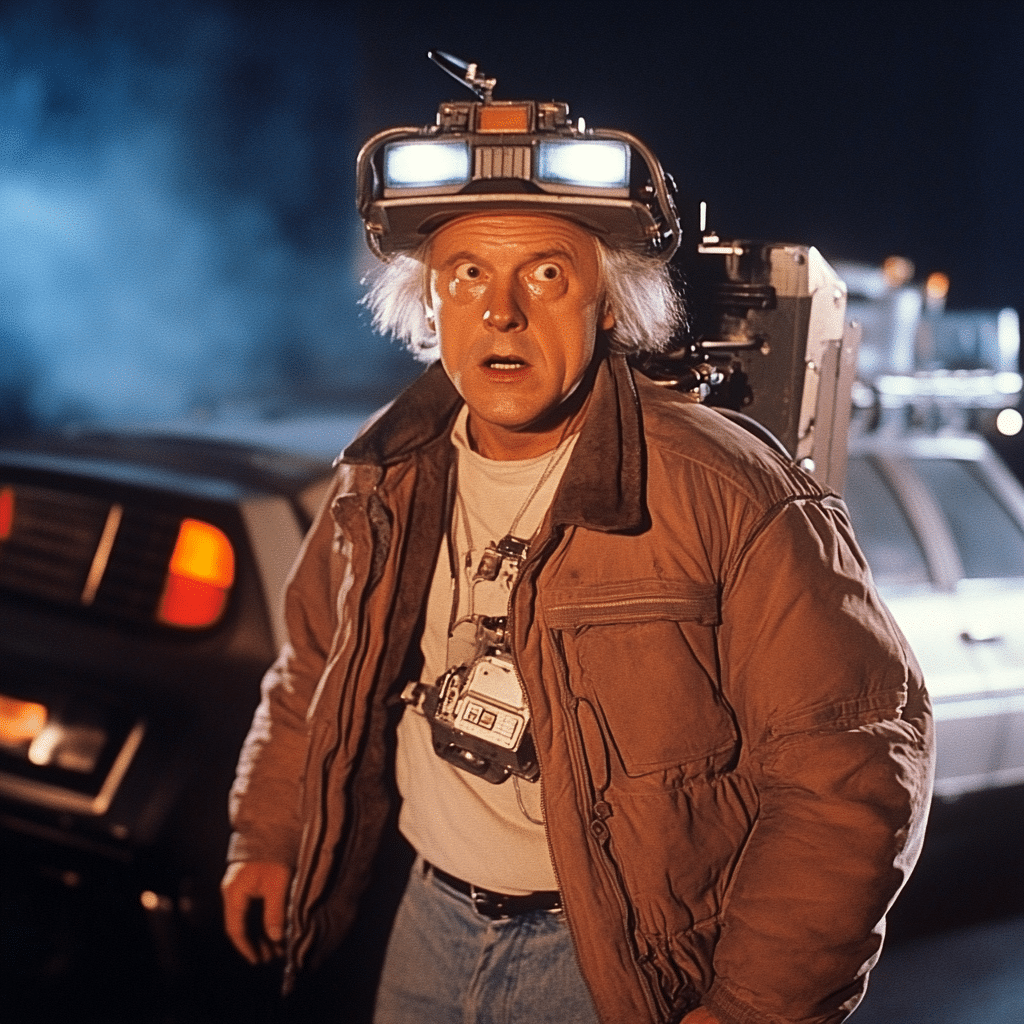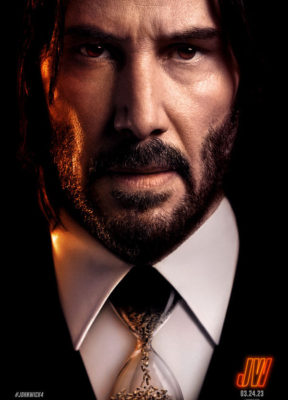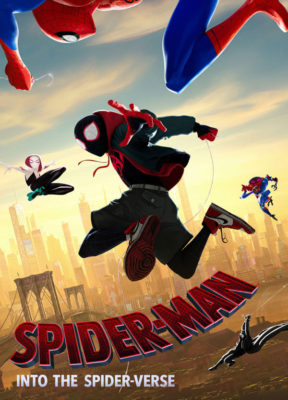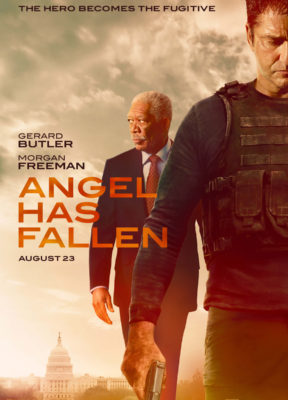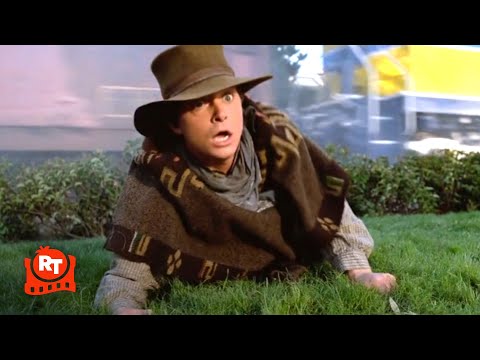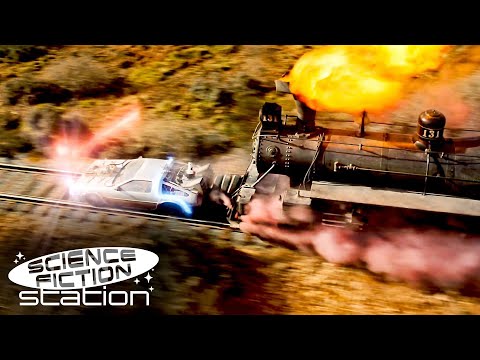
Back To The Future Part Iii Journey To The Wild West
In 1990, fans were swept from the high-tech future of Back to the Future Part II to the dusty, rugged landscapes of the Wild West in Back to the Future Part III. This film not only marked the conclusion of an iconic trilogy but also left an indelible mark on how pop culture views time travel. Let’s explore the critical components of Back to the Future Part III that position it as a celebrated entry in this beloved franchise.
7 Reasons Why Back to the Future Part III Stands Out from the Trilogy
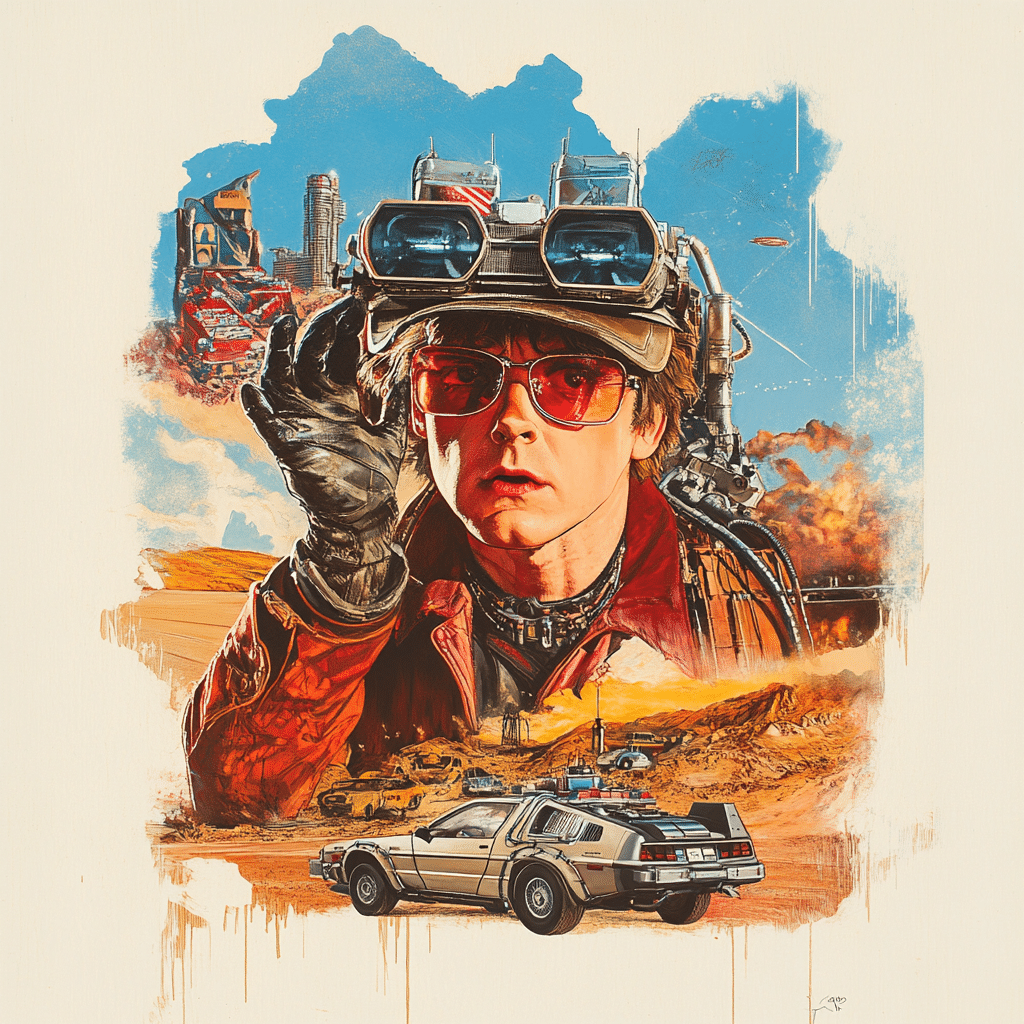
1. A Unique Setting Transforming the Narrative Landscape
Back to the Future Part III takes a bold leap, shifting the narrative from the modernity seen in Back to the Future Part II to the late 1800s. This transition introduces a refreshing twist, intertwining classic Western themes with science fiction elements. The film deftly combines the grit of the Wild West with the whimsy of time travel, engaging viewers with themes of honor, redemption, and adventure.
This narrative switch also serves to challenge audience expectations. Instead of futuristic vehicles and high-tech gadgets, we’re treated to horseback chases and saloon brawls that enrich the story’s authenticity. Plus, it ushers in unforgettable moments that fans appreciate, like the epic showdown at the end, showing the infinite possibilities of storytelling.
2. Character Development Through Historical Context
Throughout Back to the Future Part III, characters experience significant personal growth influenced by their Wild West surroundings. Marty McFly transforms from a carefree teenager to a more mature individual who learns valuable lessons about legacy and love. This character arc showcases a more profound message about growing up—something all audiences can relate to.
Then there’s Doc Brown, played masterfully by Christopher Lloyd, who grapples with his identity amidst the backdrop of the Old West. His journey toward love and domesticity provides nuance to his outlandish character, showcasing vulnerability and making him even more relatable. The evolution of both characters solidifies their stories as deeply human, offering viewers moments of reflection.
3. Cinematic Techniques and Homages
Director Robert Zemeckis employs various Western motifs, enhancing the film’s authenticity. Saloon brawls, duel face-offs, and even the intricate details of the set serve as a tribute to classic Western films. This homage resonates with fans who appreciate the rich history of the genre while adding an exciting layer to the storytelling.
4. Innovative Production Design
The production design of Back to the Future Part III plays a pivotal role in its storytelling. The depiction of Hill Valley in the 1880s, complete with horse-drawn carriages and a rustic town square, showcases a commitment to authenticity. Set designer Rick Carter and his team worked tirelessly to create a believable vision of the Wild West, capturing historical accuracy that enhances the film’s immersion.
This attention to detail demonstrates a reverence for both the era and the franchise’s roots. Practical effects were utilized extensively, allowing the film to resonate strongly with audiences, despite the declining popularity of Westerns at that time. Viewers don’t just watch the story—they live it.
5. Themes of Quest and Self-Discovery
At its core, Back to the Future Part III illustrates a timeless theme of searching for one’s identity. Marty’s personal journey to save Doc Brown draws viewers in, making them reflect on the importance of friendship and loyalty. This focus on connection and sacrifice provides a touching resonance that makes this film stand out among its predecessors.
Marty’s adventures serve as a metaphor for adolescence—a time of exploration, risk, and ultimately, growth. The film emphasizes the bonds formed through trials, reminding viewers of their personal relationships and the journeys they undertake for those they love.
6. Explorations of Time Travel Ethics
What sets Back to the Future Part III apart from previous entries in the trilogy is its more profound exploration of time travel ethics. Marty contemplates the consequences of his time-bending actions. The film encourages viewers to ponder broader implications of meddling with timelines, adding layers of depth to an otherwise lighthearted narrative.
This self-reflection is crucial, especially as audiences grapple with moral dilemmas in the modern world. The film’s clear narrative marks a pivot in the series, transitioning from whimsical adventures to an exploration of significant ethical questions surrounding time travel.
7. Speculation on Future Installments: Back to the Future 4?
The conclusion of Back to the Future Part III has left fans lingering on the possibilities of Back to the Future 4. Over the years, speculation has swirled about reviving the franchise, and with today’s technological advancements, the narrative could evolve dramatically. Imagine how modern storytelling techniques could introduce a new dynamic, contrasting yet honoring the original trilogy.
There’s potential for introducing new characters while keeping fan favorites like Marty and Doc Brown in play. As exciting as that sounds, any prospect of a continuation would need to pay homage to the classic elements we cherish, much like the designs of brands like Superman logo do in contemporary culture—grounded in nostalgia yet ripe for fresh stories.

The Legacy of Back to the Future Part III
Back to the Future Part III does more than wrap up character arcs; it engages with the cultural touchstones that transcend its era. By blending humor with rich storytelling, it creates an intricate exploration of inventive cross-genre filmmaking. The enduring effect of this trilogy, especially its Wild West escapade, continues to inspire new generations of filmmakers, adding to the ongoing dialogue about the relevance of storytelling across genres.
With the rise of diverse films and series shaping the entertainment landscape, the charm and insight of Back to the Future Part III remain as vivid as ever. As we navigate 2024, audiences are reminded that every adventure—whether through time or genre—can instill lasting wisdom and enjoyment. All in all, the magic of this third chapter leaves an unforgettable legacy in cinema, inviting viewers to revisit it again and again.
Back to the Future Part III: Journey to the Wild West
Riding into History
“Back to the Future Part III” is the crown jewel of time travel flicks, taking viewers on a wild ride to the Old West. What’s nifty is that this installment was filmed entirely in California, while the town of Hill Valley got its Wild West makeover in a small studio lot in 1990. As the film introduces us to the dusty trails of 1885, many audiences may not know that the character Doc Brown, played by Christopher Lloyd, had to take on a vastly different persona as he adapted to life in a time long before flux capacitors. This transformation might remind some of the mayor Of palm beach who had to shake things up in an unfamiliar landscape!
In a fun twist, both Michael J. Fox and Christopher Lloyd did their own stunts during the harrowing train chase scene. Their dedication to authenticity showcases the film’s commitment, and it’s fascinating how that same spirit can be found in the diverse range of actors today, like Taylor Zakhar perez, who is riding high in his career these days. And let’s not forget the over-the-top conclusion where Doc Brown finds love with Clara Clayton, setting a precedent for unexpected romantic storylines that have become popular in today’s cinema.
Behind the Scenes
Did you know that the iconic DeLorean car was completely revamped to suit the Old West vibe? Instead of harnessing cutting-edge technology, the filmmakers dressed it up as a steam-powered locomotive, which seamlessly tied into the story—something that definitely took some creative steering. While we’re talking about impressive transformations, check out the dramatic roles of actors like Robert Knepper who bring unique characters to life, a talent that’s just as apparent in classics like “Shrek 2, featuring the colorful cast of characters, totally a fun watch!
Diving deeper into the film’s lore reveals that the classic showdown between Marty McFly and Buford “Mad Dog” Tannen wasn’t just a random scuffle; it draws inspiration from real-life legends and Old West folklore. It’s that rich narrative background that sometimes echoes historical stories like that of John Kennedy jr ., whose life sparked countless films and documentaries due to his legacy. The blend of fun and seriousness in “Back to the Future Part III” makes it a timeless classic, demonstrating how history can teach us everything from bravery to wit—akin to the fierce sports rivalry of Michigan Vs Texas.
So the next time you’re watching “Back to the Future Part III,” remember these little nuggets of trivia and enjoy the ride back to the Wild West!
